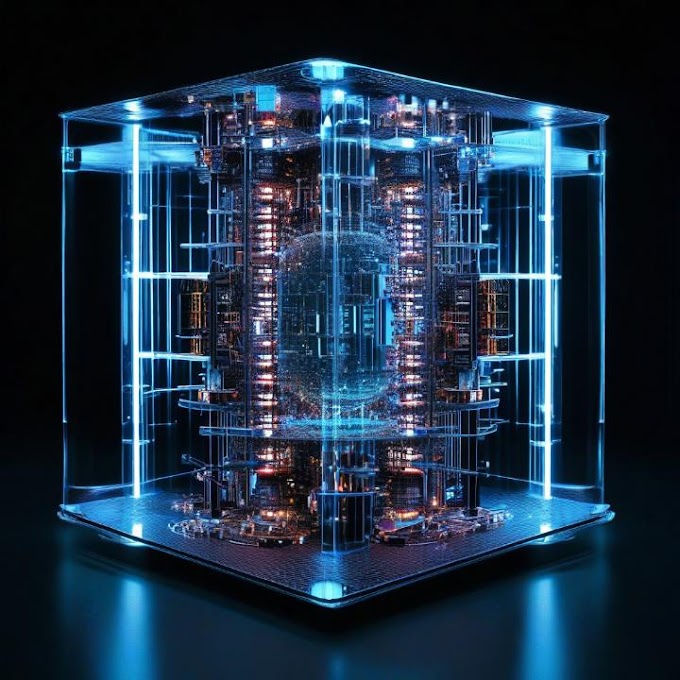Knowing Generative AI: The Future of Creative Technology
Generative AI has been quickly armed by the world of artificial intelligence (AI), reshaping industries, creativity, and offering exciting new possibilities in design, content creation, and problem-solving. From art and music to writing and even product development, generative AI is showing it’s ability of creativity, innovation, and automation.
What is Generative AI?
Generative AI is a type of artificial intelligence that uses machine learning models to generate new content or data that resembles the input it was trained on. Unlike traditional AI systems that follow predefined rules and outputs, generative AI creates novel outcomes based on patterns learned from large datasets. Some examples like Open AI's GPT (Generative Pre-Trained Transformer), which excels at generating human-like text, and DALL·E, which creates images from textual descriptions.
How Does Generative AI Work?
Generative AI uses neural networks, particularly deep learning models that learn to recognize and generate patterns. A popular technique Generative Adversarial Network (GAN) is used in generative AI, where two neural networks present in the system, these are generator and the discriminator, they compete with each other. The generator creates content (such as images or text), at the same time discriminator evaluates the output and sends feedback, makes generator to improve over time.
For text-based applications, Generative AI models like GPT have become highly influential. These models are trained on vast amounts of text data and can generate coherent and contextually relevant text based on a given prompt, allowing for applications such as content writing, conversation, storytelling, and more.
Key Applications of Generative AI
Creative Arts:
Music Composition: Generative AI models are used to compose music, either creating original melodies or helping artists for new ideas.
Visual Art:
AI tools like DALL·E and Mid Journey can create stunning visuals by simply described in text. Artists can use these models for creative content, helping them create concepts or expand their portfolios.
Writing:
From short stories to news articles and marketing content, generative AI models like CHAT GPT can write original content based on given prompts, saving time and enhancing creativity.
Design and Fashion:
Designers are using AI to come up with new designs and concepts for fashion, architecture, and even product development. These systems can generate ideas based on specific trends or parameters, offering innovative solutions faster than human brainstorming.
Healthcare:
Generative AI is playing a role in medical imaging, drug discovery, and personalized medicine. For instance, AI-generated models can simulate how new drugs might interact with the body, speeding up the research and development process.
Gaming and Virtual Environments:
In gaming, generative AI is being used to create immersive environments, realistic characters, and complex storylines dynamically. AI can procedurally generate vast virtual worlds, creating unique experiences for players.
Text and Code Generation:
Language models like GPT are also widely used in writing code. Developers can input a specific task, and the AI generates code snippets, helping streamline the software development process.
The Benefits of Generative AI
Boosting Creativity:
Generative AI provides a collaborative space for humans and machines, allowing creators to experiment with new ideas. It acts as a creative partner that sparks innovation and explores uncharted territories in art, music, and design.
Increased Efficiency:
By automating tasks like content creation, product design, or drug discovery, generative AI significantly speeds up processes that typically require manual labor and creativity, freeing up time for more strategic tasks.
Personalization:
In industries like marketing and entertainment, generative AI allows companies to create highly personalized content for users, improving engagement and customer satisfaction.
Ethical and Societal Challenges
The Future of Generative AI
Generative AI is still in its early stages, but its potential is vast. As models become more sophisticated, we can expect even greater advancements in automation, creativity, and personalized experiences. The possibilities range from creating AI-driven films and music to developing innovative products that meet real-world demands.
Ultimately, generative AI represents an exciting frontier in technology. By blending human creativity with machine efficiency, it opens up a world of opportunities while also challenging us to navigate the ethical and societal questions it brings. As we continue to explore the limits of what AI can do, it’s clear that generative AI will be a key player in shaping the future of technology and creativity.
Conclusion
Generative AI has become a catalyst for innovation across multiple sectors. Whether enhancing creative processes, generating personalized content, or accelerating technological advancements, its influence is growing rapidly. While there are challenges to address, particularly in ethics and job displacement, the future holds immense promise. As we move forward, striking a balance between leveraging AI's potential and addressing its risks will be crucial to shaping a future where humans and machines collaborate effectively.
This blog provides a comprehensive overview of what generative AI is, its applications, benefits, challenges, and potential future directions, aimed at both enthusiasts and professionals in the field.

.jpg)


.jpg)
.jpg)

